View the Image Galleries
Over the years we have seen it all…. from massive to tiny tanks,unobstructed tanks to oil tanks under clients living room floors. Please go through our gallery to see various situations and scenarios. There are many examples of different oil tank pipage that may help you determine if the pipes on your property are oil tank related.

Oil tank removal | Manually
All properties layouts are unique if we cannot access your oil tank with an excavator, rest assured knowing that we have removed hundreds of oil tanks with just shovel and our custom tri pod system.
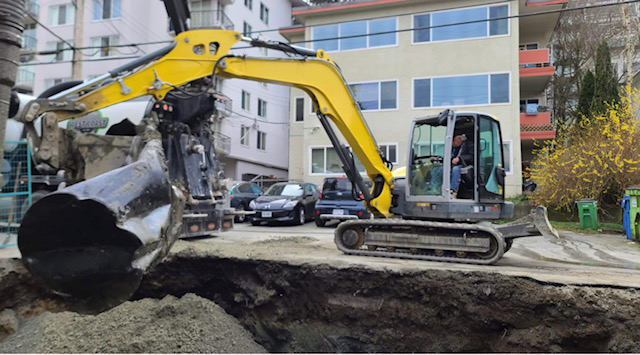
Oil tank removal | Excavator
We can access most properties with our mini rubber tracked excavator, saving you time and most importantly money.
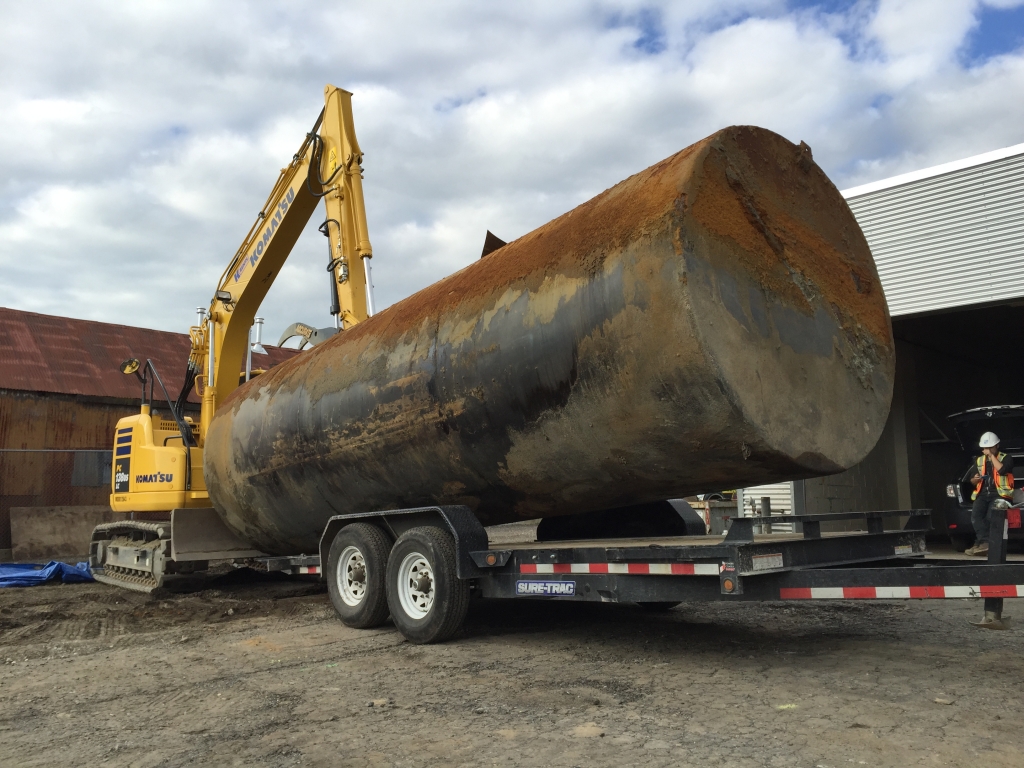
Commercial Storage Tank Removal
Gas stations, dry cleaners, apartment buildings and more. We have the knowledge and experience to get your project completed in a professional, efficient, and cost-effective manner.
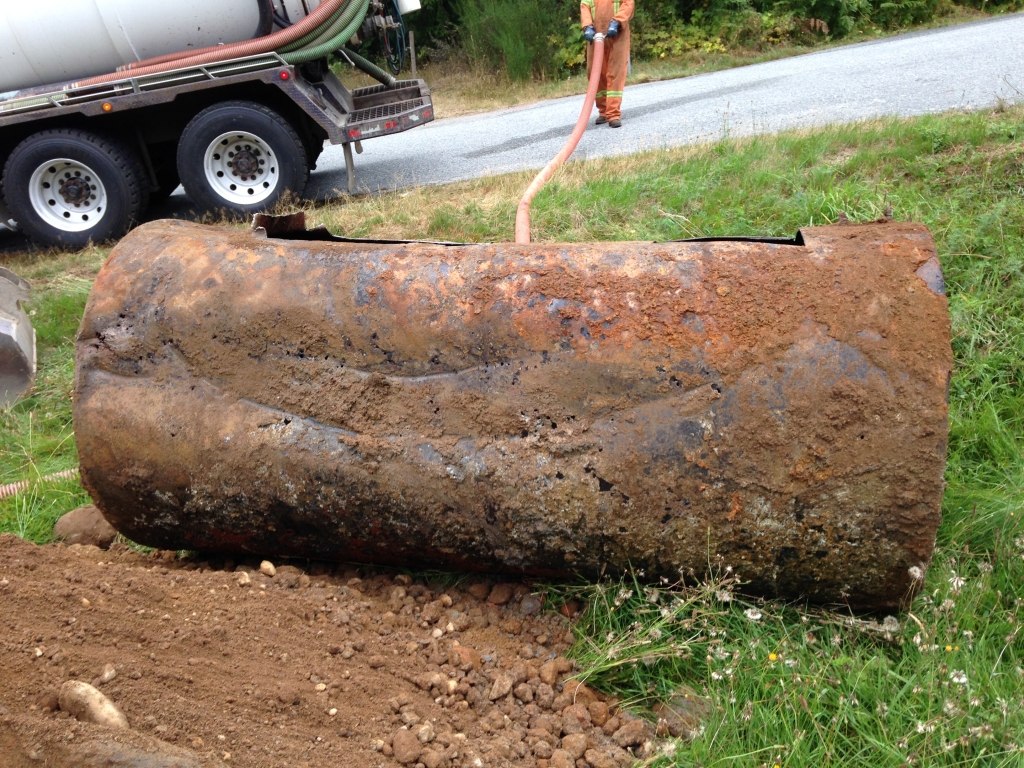
Underground Storage Tank Removal | UST | Oil Tank Removal
From big to small, we’ve removed them all. Here are just some of the oil tanks we have removed in the past.

Contaminated Soil Removal
We have the knowledge and experience to remove various types of contaminated soils. Feel comfortable knowing that we can provide safe, and affordable solutions to your soil remediation projects.
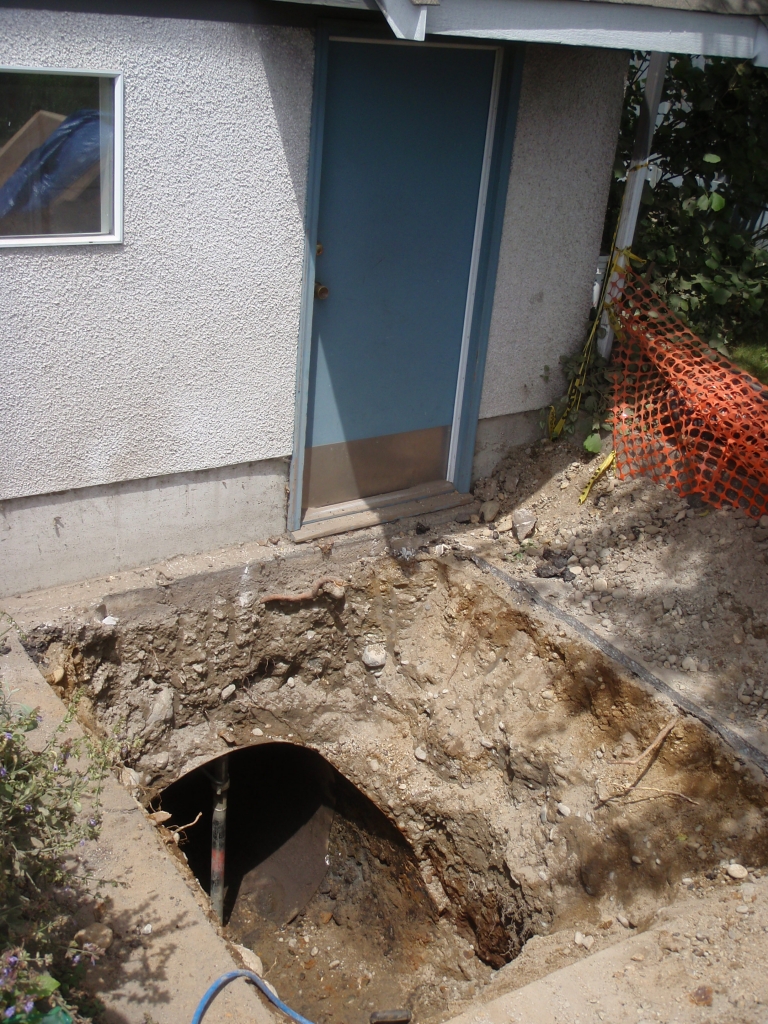
Oil Tank Abandonment | Decommissioned Oil Tanks
We have encountered and manage countless abandoned and decommissioned oil tanks. So whether you need to remove a previously abandoned oil tank or decommission your current oil tank. You can be confident that we have the knowledge to get your project completed in a safe, and cost effective manner.
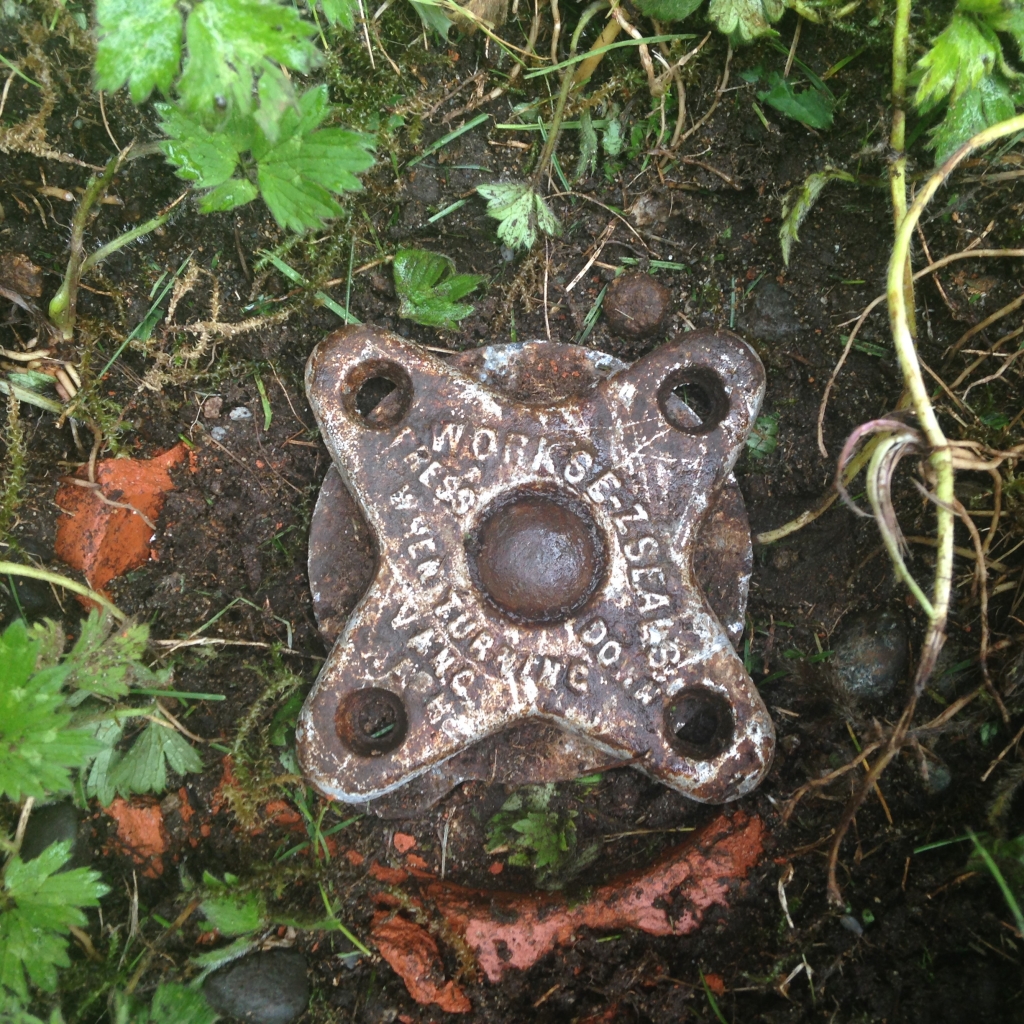
Filler Pipes
Filler pipes are typically approx 6-8 feet from the original building structure, are on average 2 ¾ inches in diameter and are meant to have a screw on cap for access.
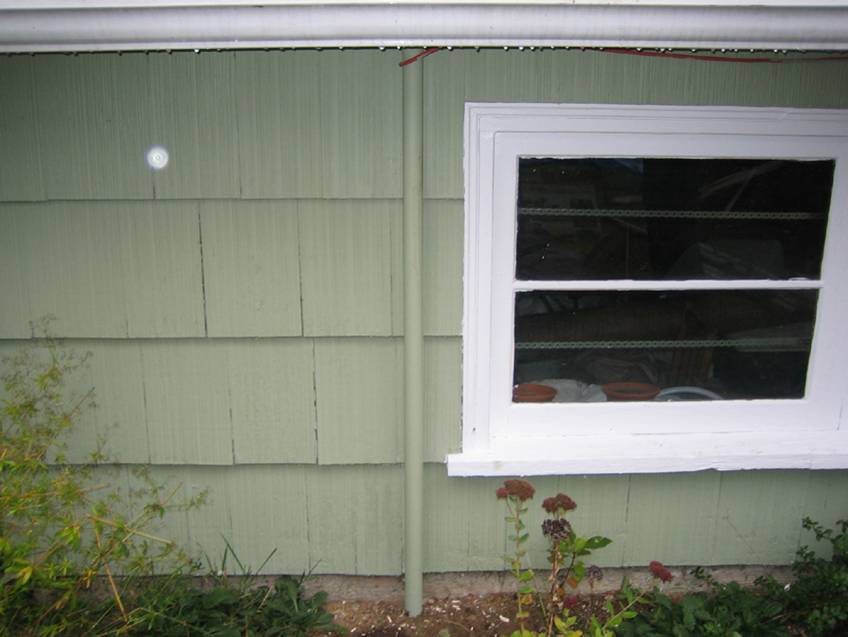
Vent Pipes
This pipe was used to vent excess fumes from the interior of the tank, to help prevent the risk of explosion.
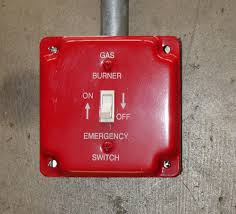
Emergency oil burner shut off switch
This would be an outlet box that would be located in your basement, usually near the furnace.
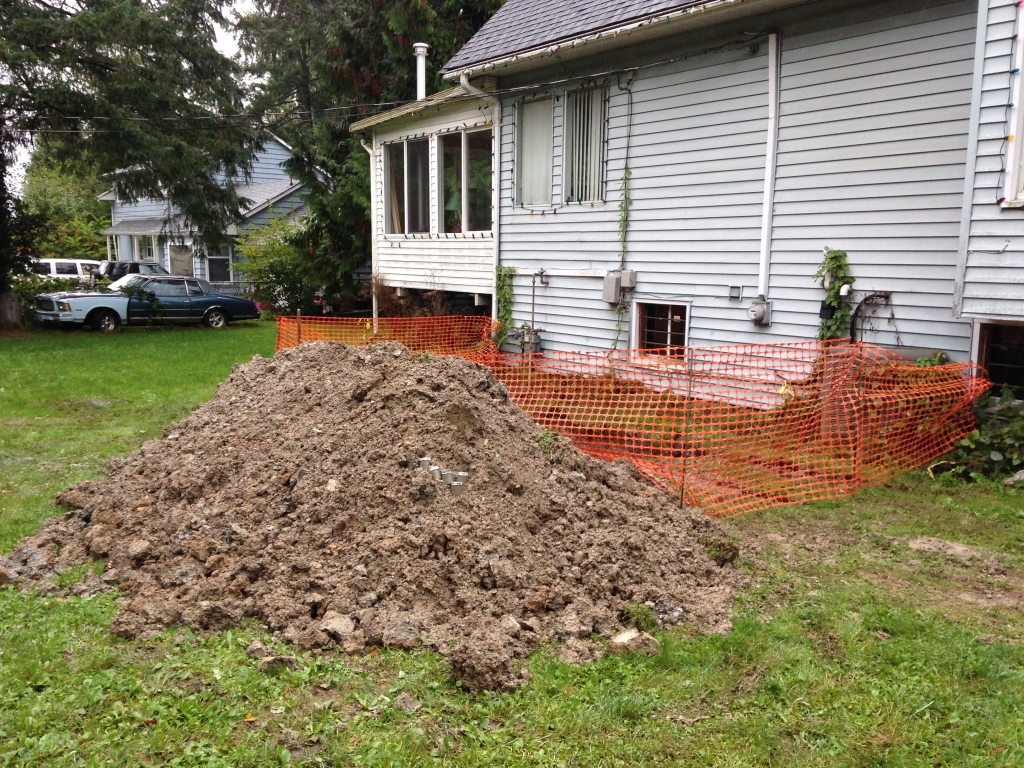
Before and After
We take pride in our workmanship. From the moment we arrive on scene to the moment we drive away, it is important that things are done as clean, and as effectively as possible.
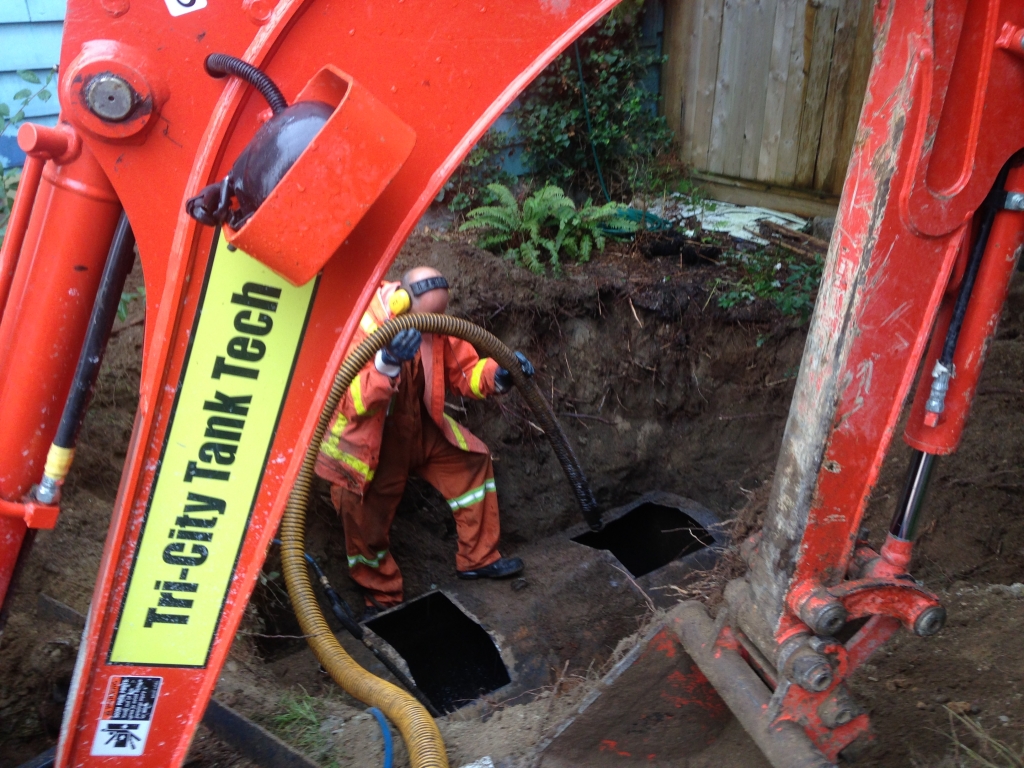
Pumping
It is important that the contents of the oil tank is disposed of properly, and a vacuum truck that is licensed to haul the product to a registered recycling facility.
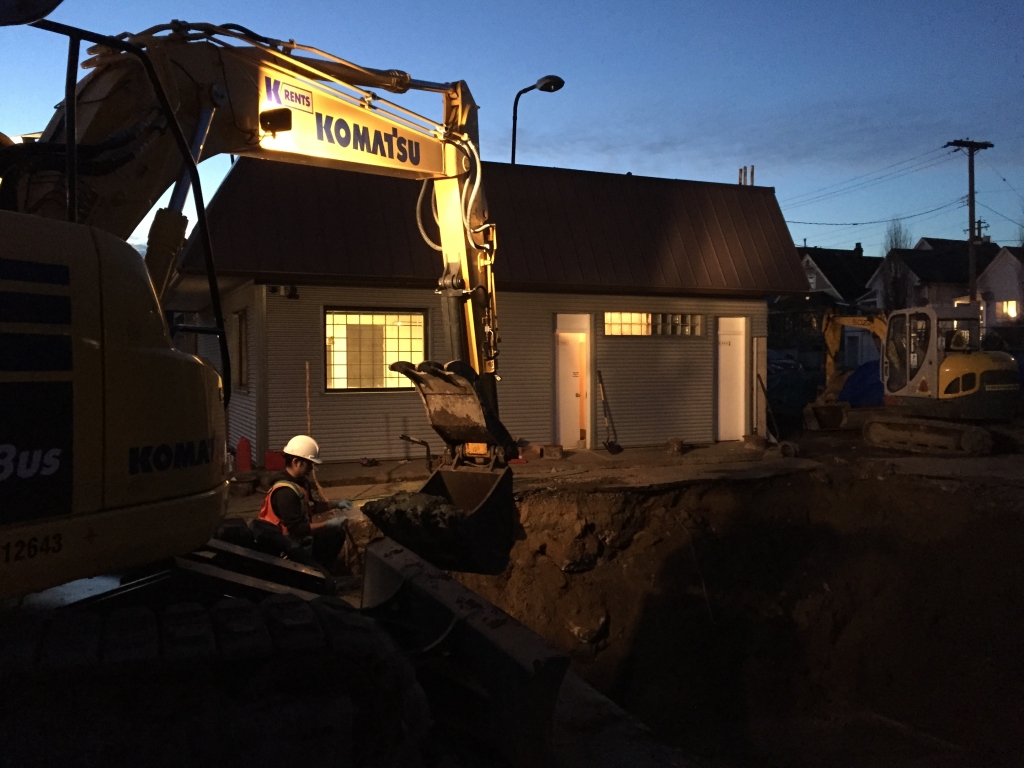
Soil Sampling
This is probably the most important part of the tank removal. Usually done by an environmental consultant, it is important to know what, when, how, and where to sample.
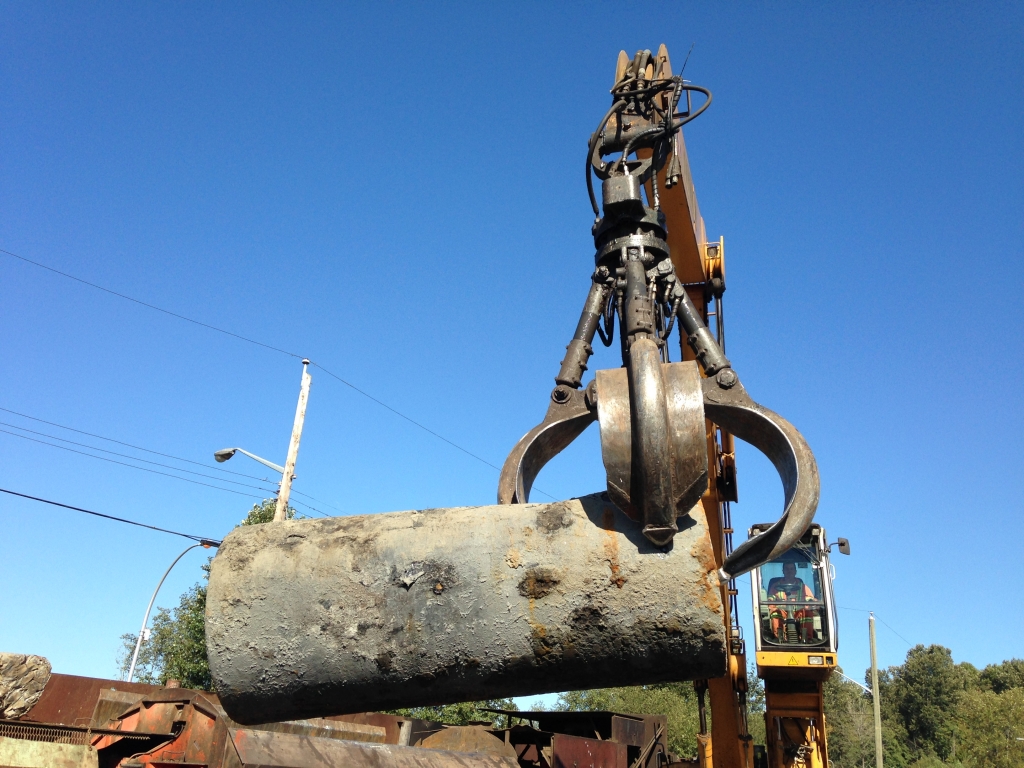
Oil Tank Recycling
All professional tank companies are required to bring removed underground storage tanks to a recycling facility that will properly dispose of them eg. turn them into re-bar.
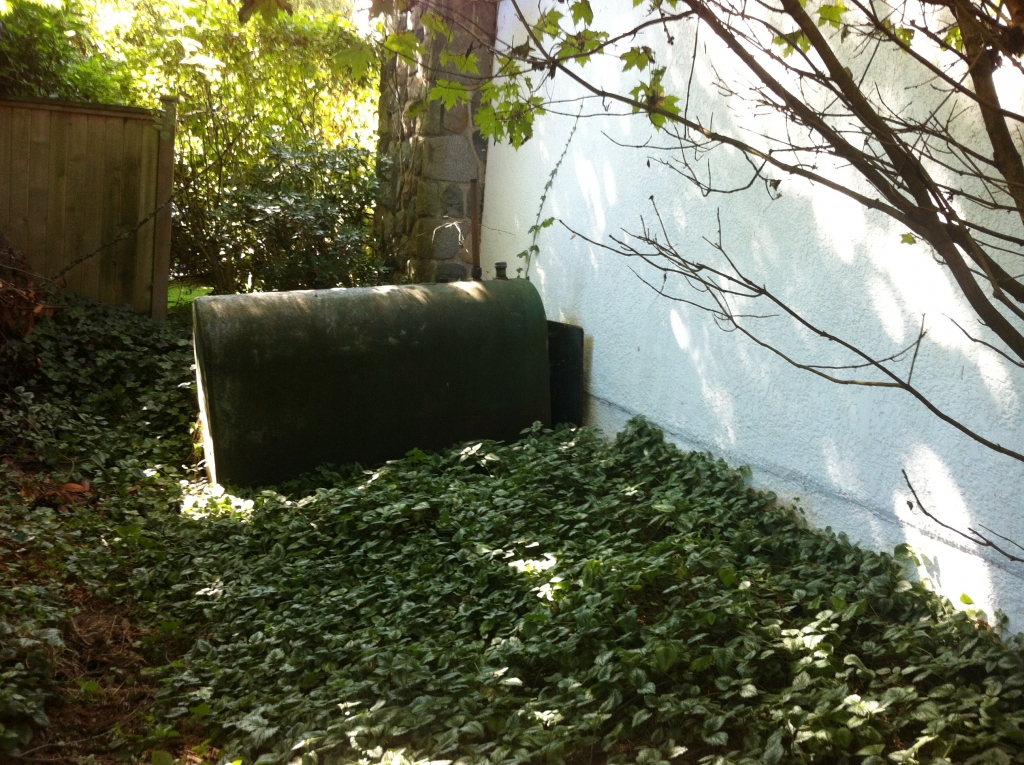
Aboveground Oil Tank removal
Usually above ground tank removals are quite simple, but on occasion we will find some quite unusually located, or inaccessible tanks.

Inside of an Oil Tank
Some tanks will have “tide lines” displaying where the organic organisms floated and corroded the tank.
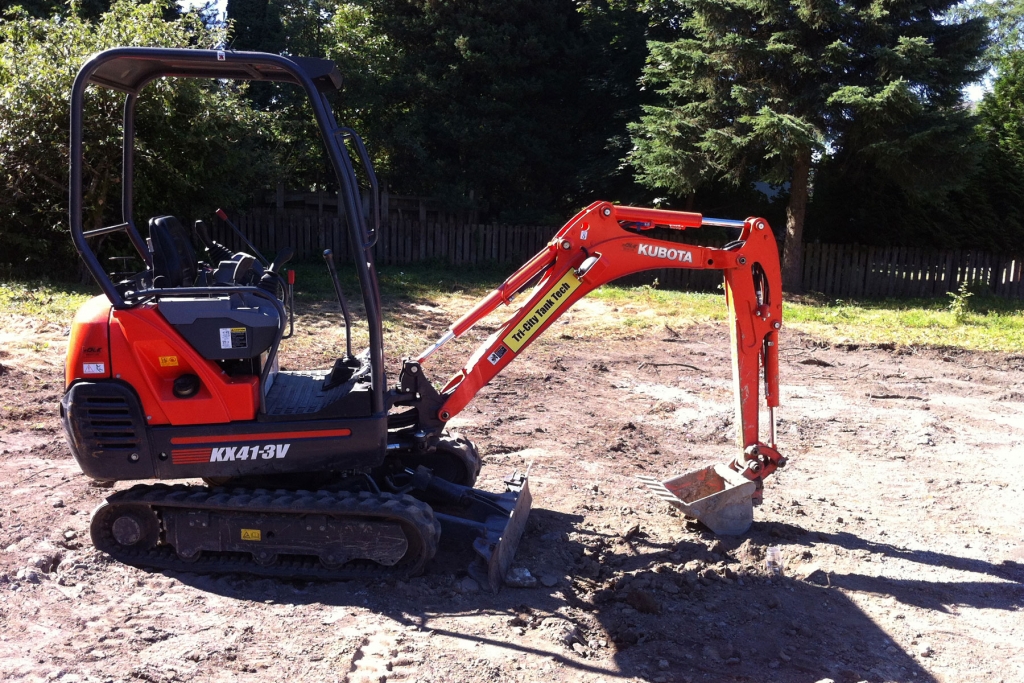
Our Fleet
Tri City Tank Tech is proud to offer a wide range of equipment: All of our heavy-duty machinery is fitted with rubber wheels or tracks to limit our footprint in your yard.

Oil Tank Detection
Oil tank searches help clients find out if they have an oil tank on there property. Along with industry experience and expertise, we utilize top of the line magnetic locators to assess your property.
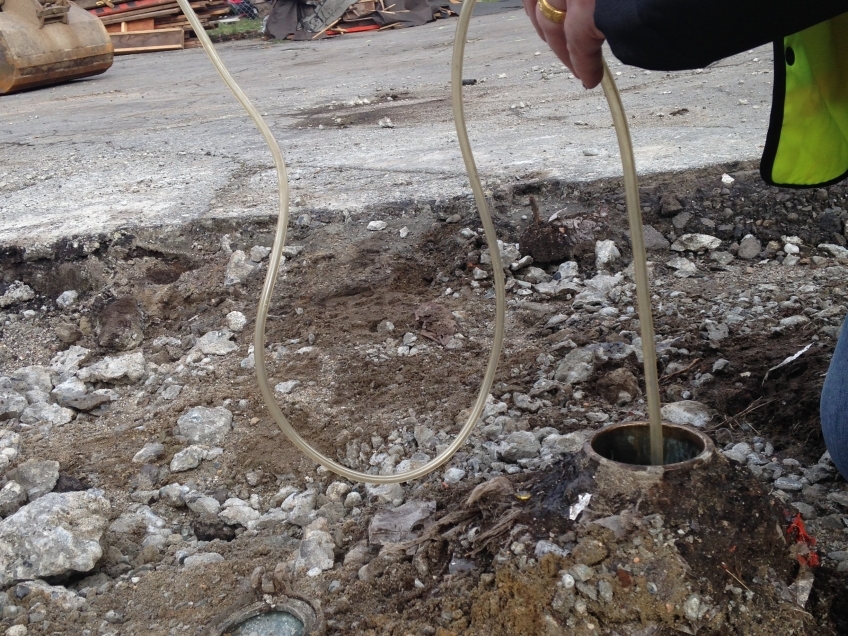
Testing Tanks
With certain tanks, its important for the safety of the crew, the clients and the surroundings, to test the inner explosive limits of an Underground Storage tank before cutting into it. .

The Fleet
Tri City Tank Tech is proud to offer a wide range of equipment:
All of our heavy-duty machinery is fitted with rubber wheels or tracks to limit our footprint in your yard.
